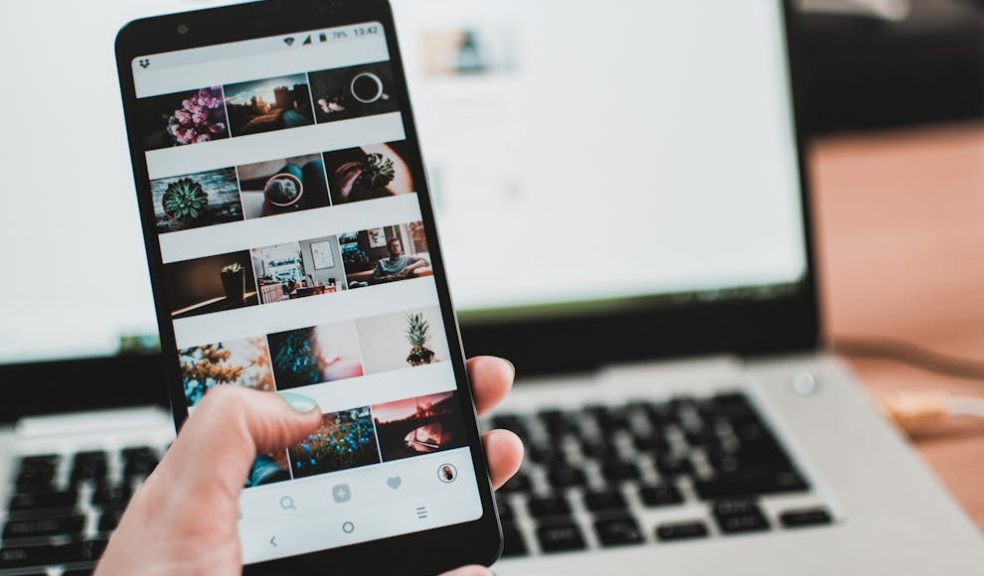
Screen Time SOS: How to Protect Your Eyes in the Digital Age
From laptops to smartphones and TVs, digital devices dominate our daily routines, often at the expense of our eye health. As you scroll through emails or binge-watch your favourite series, it’s easy to overlook the strain your eyes are enduring.
The simple truth is that our eyes were never designed to focus on glowing screens for hours on end. The good news, however, is that there are steps you can take to reduce the risk of discomfort and long-term damage.
What is Digital Eye Strain?
Digital eye strain occurs when you overuse screens for extended periods without adequate rest or proper ergonomic habits. Symptoms can include blurred vision, dryness, headaches, and difficulty focusing.
The primary culprit behind this discomfort is something called "blue light," which emits from screens and can disrupt the eye’s natural focusing ability. Additionally, the way you blink while staring at a screen differs from normal, causing your eyes to dry out.
Evidence-Backed Screen Habits That Actually Help
Studies have shown that certain habits can drastically reduce the risk of eye strain. One key strategy is following the 20-20-20 rule. This is where you take a 20-second break every 20 minutes and focus on an object 20 feet away. This simple habit helps reset the eyes, reducing the strain from prolonged screen time.
Proper posture also plays a crucial role. Position your screen at eye level and about an arm's length away to minimise neck and eye strain. Adjusting the brightness of your screen to match your environment can further prevent unnecessary stress. If possible, consider using an anti-glare screen protector to reduce the harshness of light emitted from your device.
Products and Eye Care Options
Blue light-blocking glasses are one of the most popular tools for reducing exposure. These glasses filter out blue light, helping to reduce eye strain and even improve sleep patterns by preventing the disruptive effects of blue light on circadian rhythms.
You could also explore different options, like contact lenses online. Some lenses have built-in blue light protection, while others help to maintain moisture in your eyes, preventing dryness caused by prolonged screen use. Additionally, eye drops can provide much-needed relief to combat dry eyes from staring at screens for hours.
When to Seek Help
While many of the symptoms of digital eye strain can be managed with adjustments to your screen habits, it’s important to know when to seek professional help.
If you experience persistent discomfort, frequent headaches, or blurred vision, it's time to consult an optometrist. Your eye care professional can help identify any underlying conditions and provide tailored advice. Early intervention can prevent more severe issues, such as long-term vision problems or chronic dry eyes.













